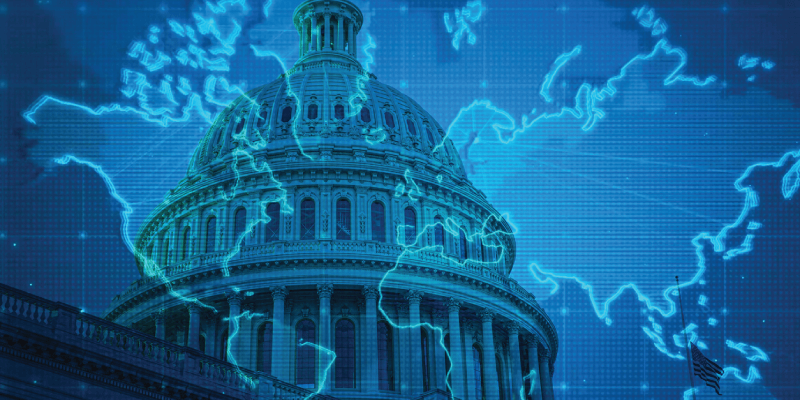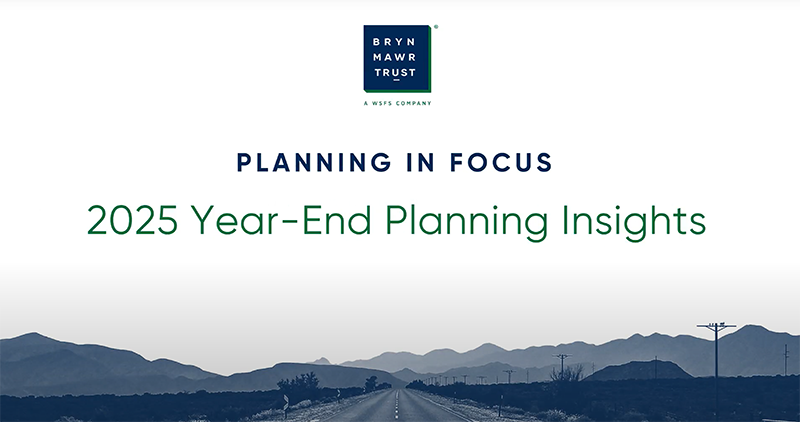Building Resilience: 2025 Mid-Year Economic and Market Outlook

The first half of 2025 will be remembered for two defining events: the onset of reciprocal tariffs, marking an American trade war with the world, and Chinese AI developer DeepSeek’s revelation that shattered the myth of American AI supremacy. Amidst the fierce rivalry between America and China, these occurrences exposed the opposing forces of de-globalization and globalization, highlighting significant structural changes. These shifts will have profound and far-reaching effects on the global economy and financial markets.
In late January, DeepSeek unveiled R1, an AI tool that rivaled the latest version of ChatGPT but at a fraction of the cost to build. Given its power consumption efficiency, the R1 architecture has rapidly drawn the attention of Western engineers. The technology boasts significant energy savings, using an estimated 10 to 40 times less energy than comparable U.S. models and requiring far fewer computer chips. The next phase of AI’s development, carrying significant geopolitical ramifications, is taking shape in Shenzhen and Beijing as much as in Silicon Valley.
On April 2, 2025, President Trump’s Liberation Day triggered a global stock market steep decline and marked a significant shift in international trade dynamics. Although markets have since recovered, President Trump’s second term has set America on a new course. For the first time in three decades, the United States faces fiscal constraints. An era of low inflation and interest rates, which allowed Congress to cut taxes and increase spending without significantly impacting debt servicing costs, has ended. The introduction of reciprocal tariffs and government spending cuts is a form of fiscal austerity with long-term implications for businesses, consumers, and international capital flows. The abrupt implementation of universal tariffs has introduced numerous uncertainties. The U.S. economy is likely to face higher inflation initially, followed by a period of slower growth. Additionally, the Federal Reserve could again find itself “behind the curve.”
Begin your journey
Have questions?
Speak with an financial expert.







